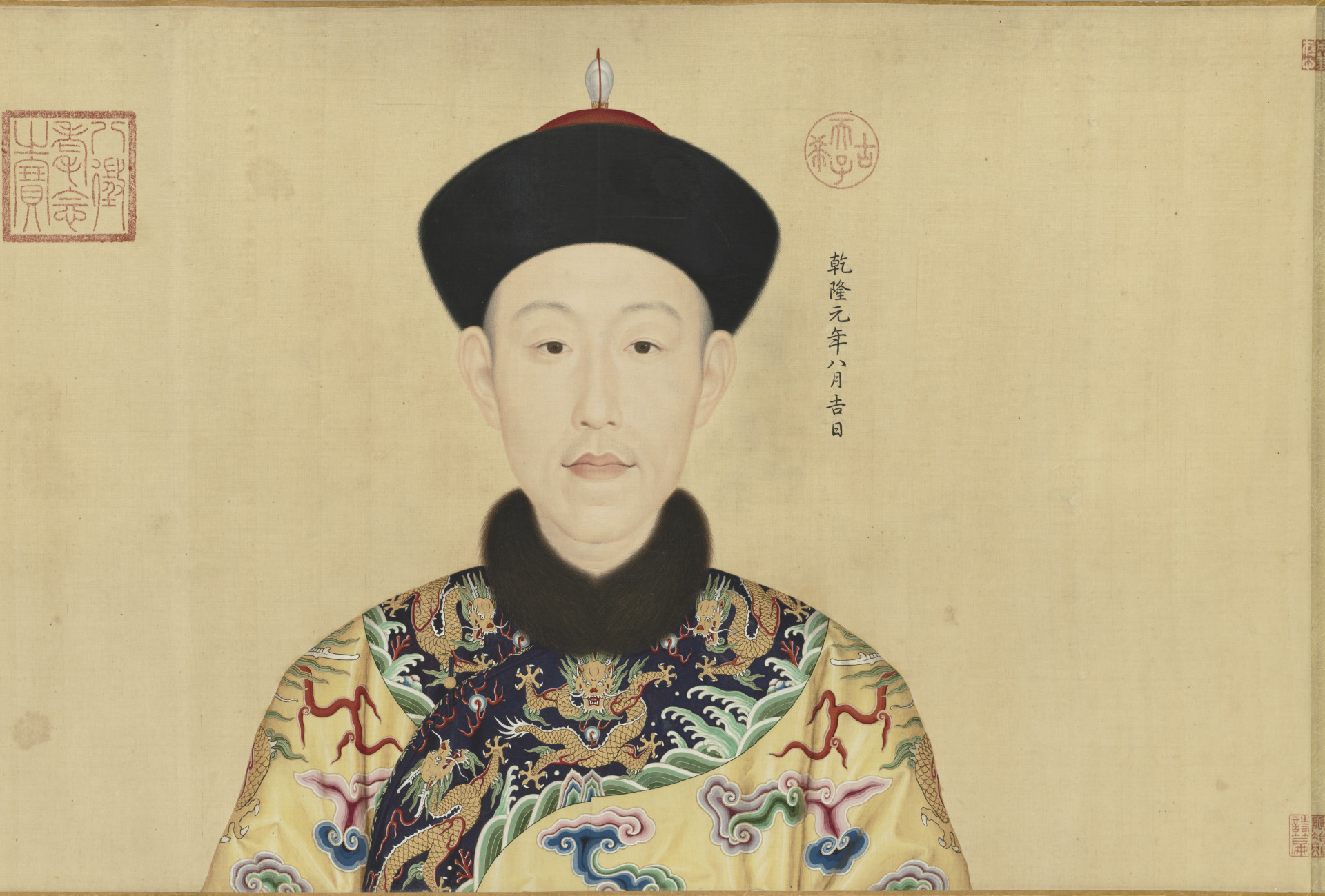
- Magazine Article
- Exhibitions
The Power of Writing
A new display in the Chinese galleries focuses on inscriptions

Perhaps no other civilization placed more importance on the art of writing than China. Literacy and education were the privilege of the elite, and access to power and wealth depended on success in the civil service examination. Those who knew how to use the brush could practice the country’s high arts: calligraphy, poetry, and painting.
This theme underlies Power and Possession: Chinese Calligraphy and Inscribed Objects, on view in galleries 240a and b. The earliest Chinese characters were inscribed on oracle bones, bamboo slips, and bronze vessels from the second millennium bc; by the third century ad, all five script styles—seal, clerical, regular, cursive, and running—had been developed. Single characters represent words, not letters, and together they create a text. Characters may have been incised or applied by each object’s maker, its owner, or a person whose writing skills added prestige and power to the work. These inscriptions provide invaluable information for understanding Chinese culture and history.

One of the most prominent inscribers of Chinese works of art was the Qianlong emperor (r. 1736–95). The CMA holds an important portrait of the emperor from early in his 60-year reign, along with a significant number of paintings and objects that passed through the emperor’s hands and bear his comments and poems. As a Manchu and foreigner on the Chinese throne, the Qianlong emperor had to demonstrate in all his actions that he was the country’s legitimate ruler. His connoisseurship and practice of the high arts of China gained him the respect and support of the educated scholar-official class. In order to extend and solidify Manchu rule, the Qianlong emperor undertook inspection tours from Beijing to the South, visiting cities and sites in the Lower Yangzi Delta (also called Jiangnan). Under his rule, the Chinese empire achieved its greatest expansion. Undoubtedly one of the world’s most eminent rulers, the emperor amassed an art collection of unprecedented scale, and is said to have composed more than 30,000 poems. Many court officials could imitate his handwriting; they assisted together with craftsmen and copyists in transcribing and transferring his writings onto selected works of art.
Research reveals that the seal script–style poem applied in gold leaf on an Yixing ware teapot in gallery 240B was composed by the Qianlong emperor after his third inspection tour to the South in 1762. Furthermore, the seal on its base reads “Made by Chen Hanwen,” active during the emperor’s reign and known for making teapots, including those commissioned for the court. The revised dating of the teapot hence relates to the Qianlong era, not the Yongzheng era.

An exquisite lacquer box also references the emperor’s southern inspection tours: “Imperially Made Gold Inscribed Poems of Images of [the Ten] Sights of the Westlake” reads the inlaid mother-of-pearl inscription on its lid. The box holds a set of ten ink cakes, each of a different shape and color, and each inscribed in gold with an imperial poem praising the ten famous sights of Westlake in Hangzhou, near Shanghai, a spot celebrated for its natural beauty. Once a favorite imperial destination, Westlake remains a tourist attraction. Ink cakes (also called ink sticks) are ground with water on the surface of a flat stone to create liquid ink for painting and calligraphy. The museum’s ten precious ink cakes, however, remain intact.

The gallery presents two more treasures once admired by the emperor. One is a white jade disc (bi) with brown mottling and a grain pattern. The jade piece probably dates to the Han dynasty (206–220 bc) and was reworked during the Qianlong reign. In his inscription in the ancient seal script style, the emperor, praising the disc’s crystal quality, identifies it as being made of jade from the Kunlun Mountains in Qinghai province. The other object, in the shape of an ancient writing tablet (gui), is of translucent white jade with a grain pattern on one side and a long inscription on the other. The inscription reiterates an essay composed by the Qianlong emperor in 1792 commemorating his ten military victories in Central Asia, Taiwan, Tibet, and Southeast Asia, which pacified border peoples and enlarged the territory under Qing control. In his later years, the emperor referred to himself as the “Old Man of the Ten Completed [Great Campaigns].” In this inscription, he calls the jade “Treasure of the Old Man of the Ten Completions.”

Cleveland Art, September/October 2018